I'm trying to fully grasp the third section of the whitepaper. Quoting (emphasis mine):
The solution we propose begins with a timestamp server. A timestamp server works by taking a hash of a block of items to be timestamped and widely publishing the hash, such as in a newspaper or Usenet post [2-5]. The timestamp proves that the data must have existed at the time, obviously, in order to get into the hash. Each timestamp includes the previous timestamp in its hash, forming a chain, with each additional timestamp reinforcing the ones before it.
I understand the double spending problem described in the previous section and how a timestamp server as described in this section solves it. I don't understand why timestamps are needed.
Let's presume that the timestamp server itself doesn't check for double spending[1]. In this case, in order for the payee to validate the transaction, they have to confirm that the coin hasn't been spent in any previous blocks[2]. Timestamps are irrelevant since the order is defined by the chain of hashes.
I considered the possibility that the author uses the word "timestamp" liberally to refer to a block, but the bold sentence in the quote suggests that it indeed refers to real-world time.
[1] If it does, then the payee doesn't have to care about the order of transactions.
[2] The term "block" hasn't been introduced at this point, but it does appear in the subsequent diagram.

You can get bonuses upto $100 FREE BONUS when you:
💰 Install these recommended apps:
💲 SocialGood - 100% Crypto Back on Everyday Shopping
💲 xPortal - The DeFi For The Next Billion
💲 CryptoTab Browser - Lightweight, fast, and ready to mine!
💰 Register on these recommended exchanges:
🟡 Binance🟡 Bitfinex🟡 Bitmart🟡 Bittrex🟡 Bitget
🟡 CoinEx🟡 Crypto.com🟡 Gate.io🟡 Huobi🟡 Kucoin.
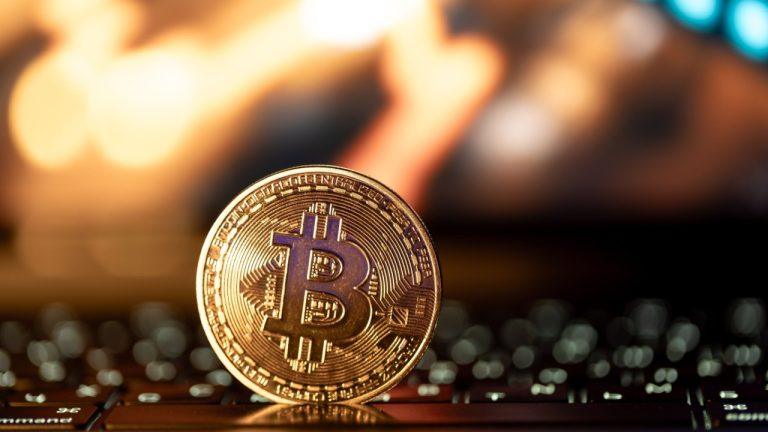

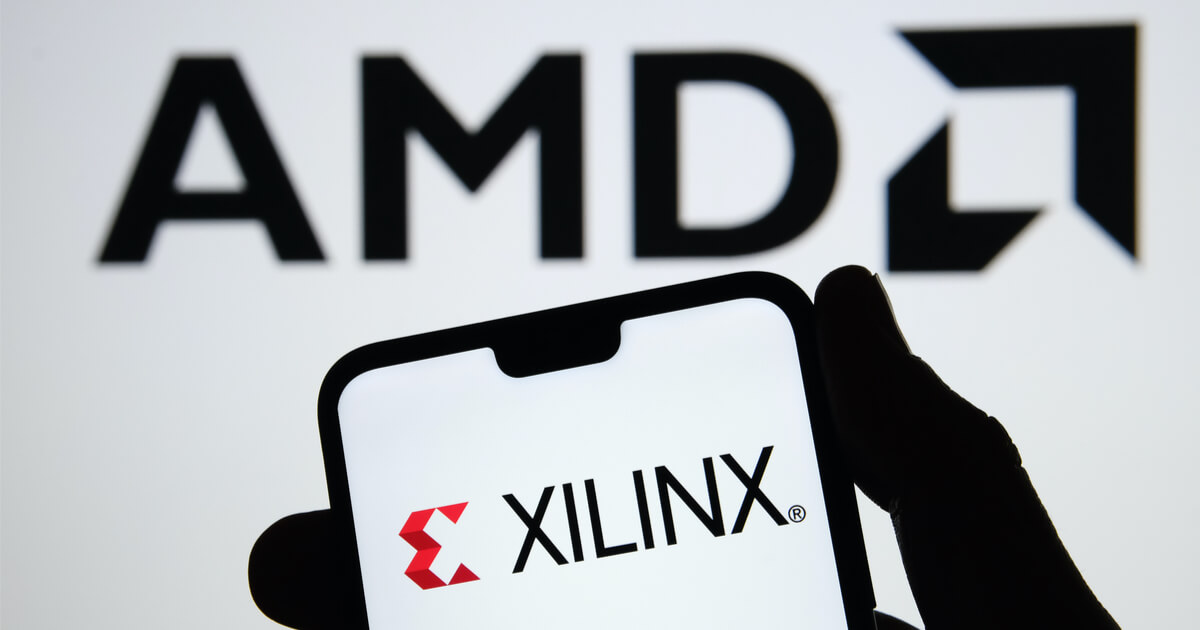

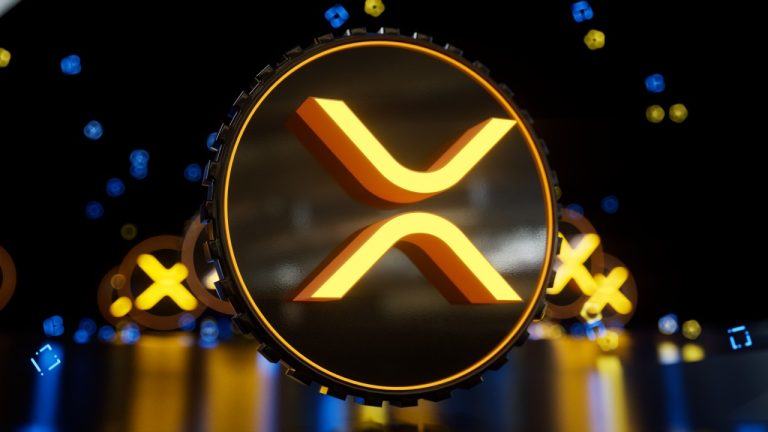



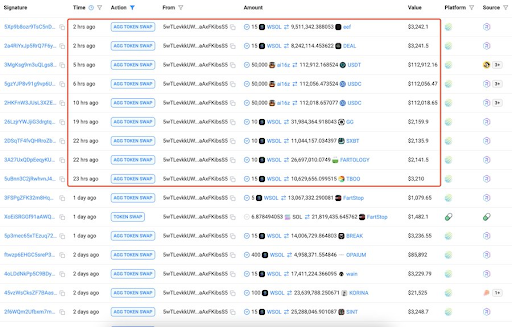
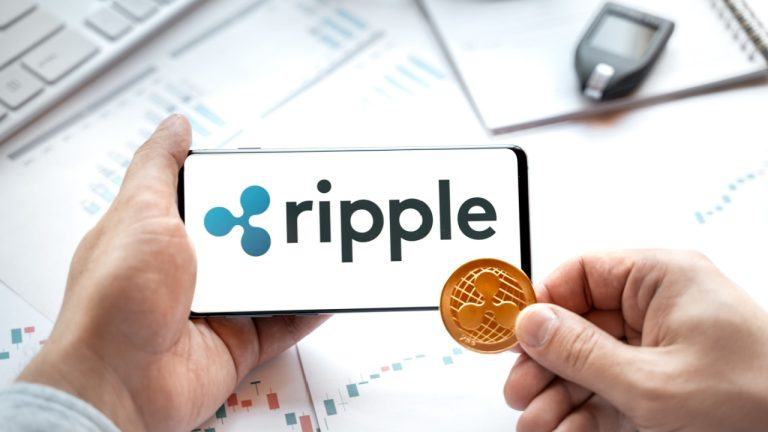






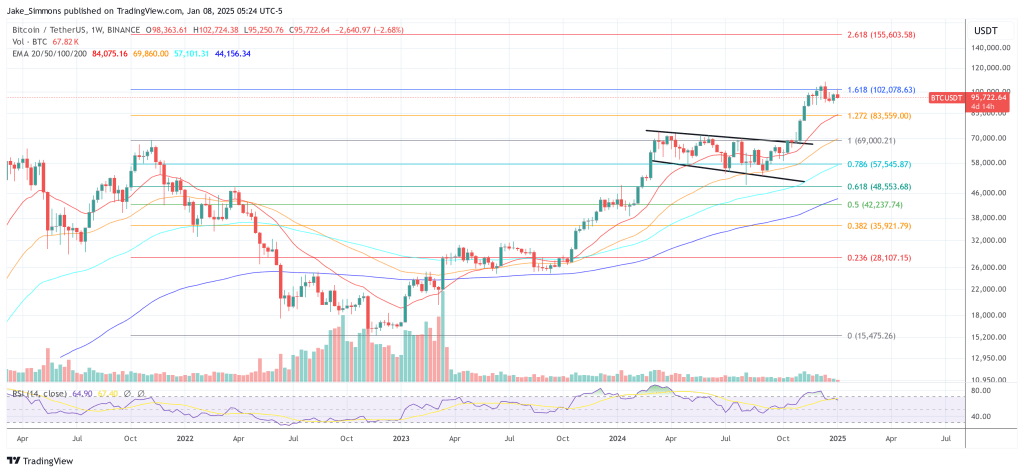

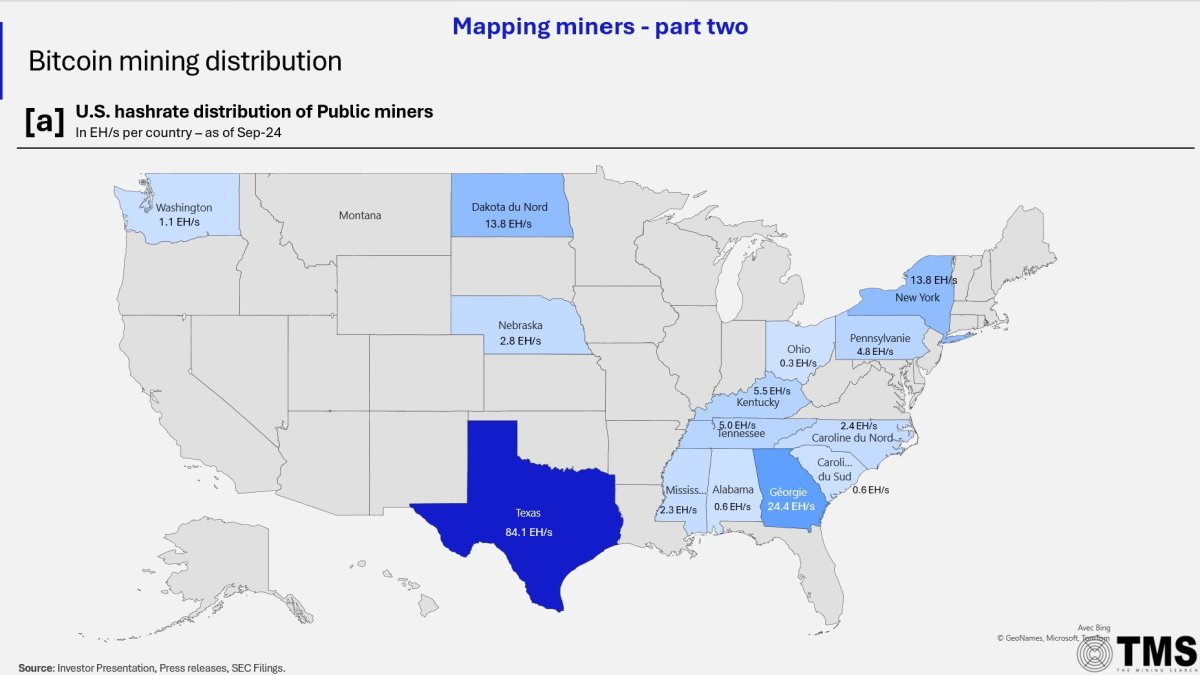

Comments